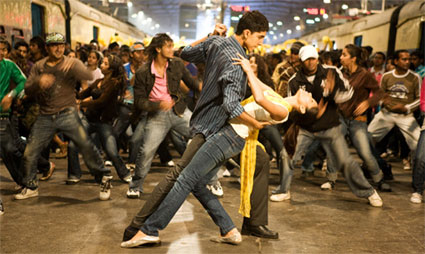When was the last time you were out for a vacation or business? Strong chances are you are already traveling and reading this post on your laptop. Have you ever taken note of a small but mighty thing printed innocuously on one small corner of your hotel Bill? Perhaps you haven’t. You are not alone as tourist fraternity does not give this a thought and only when you have to loosen the purse string an entity called “Luxury Tax” start biting you. It is this tax that sometimes keeps one of your favourite hotel or destinations out of your budget.
Let’s understand what a luxury tax is. Luxury Tax is a tax that is levied by most of the state governments (not all) to fill their coffers at the expense of you and me. And the funniest part is, you have to pay it actually on the official tariff of the room where you had put up. Take a hypothetical situation consider you are on a holiday, say at Ooty and the Hotelwallahs happily gave you a discount of 20 % on the rack rate. The rack rate is the one that is mentioned on the reception and the usual official rate. Supposing accommodation you chose was for Rs 1500 and the reception lady smilingly gave you the room for 1200, a 20% discount as it was off-season. You felt on top of the world to strike a good bargain in the hard times.
Now when it is the time to say adieu and pay the bills you are up for a rude jolt. You find that on the bill a 14% luxury tax has been levied and that too upon the rack rate which in this example was Rs1500.
Furious with anger at the thought of being cheated, you start haggling. Alas, not much headway could be made and you have to pay the tax of 14 % as applicable for hotels in Karnataka on the rack rate.
Coughing the extra amount you felt helpless and started cursing the agency which booked your hotel or the hotel owners. Little did you realize that the LT not only irks the ordinary travelers but is adding to the woes of hoteliers and the travel agents. Hit by recession and terror the hospitality industry is facing a lull, the luxury tax is not making it any easier. Most of the time we at IHR have to face a not so amused client venting his ire at the exorbitant Luxury Tax after the holiday is over.
Luxury Tax is something which varies in India from 5 to as high as 25%. Let’s see which states of “Incredible India” are the worst offenders. In the South the charge is led by Kerala with a whopping 15 % slap of Luxury Tax and then it is Karnataka and Tamil Nadu with 12.50 %, Andhra fares better with a somehow moderate 5 %.
Gateway to north, the capital Delhi fares worst with a levy of 12.5 % on room rents above 1000. Himachal and Rajasthan the two most oft visited tourist destination taxes @ 10%. UP with the Taj Mahal and Uttarakhand is better not only in terms of attractions but also light on your pocket with 5%.
Coming to the west and Central India Maharashtra and MP leads the brigade with 10 % , while Gujarat it seems is not only a good destination for investors it is tourist friendly too with only 4 % as Luxury Tax. In Matheran, a lovely hill station 80 km east of Mumbai inaddition to 10 % luxury tax charges another 5 percent as service charges.
On the eastern front Orissa, Bihar and Bengal does not make life easier for visitors with a 10% LT. Finally the North Eastern States, one had seriously hoped that the State Governments to be as friendly and simple as the local people. Putting all hopes to water the onslaught is led by Asaam, the gateway to the seven sisters of NE with a luxury tax of 20 %. The situation becomes additionally worse in Guwahati with a levy of another 5 % as service charges.
By this time you might feel suffocated under a “burden of statistics” Hold on! After all our intention is not to hurt you or mar your vacations. There is something to cheer about also. The Union territories are not only scenic and make a nice vacation but they are not heavy on your purse also. So Pondicherry, Lakshadweep, Daman & Diu, Andaman & Nicobar Islands have not yet thought of burdening the tourists. They do not have a LT. One exception among the states is the vivacious Goa where good sense prevails and the tourists breathe easy without luxury tax.
The union Government must do something to cap the LT at an uniform rate at all the states. Till that time ignoring the one in fine print can….

Pondicherry a Zero Luxury Tax Destination



